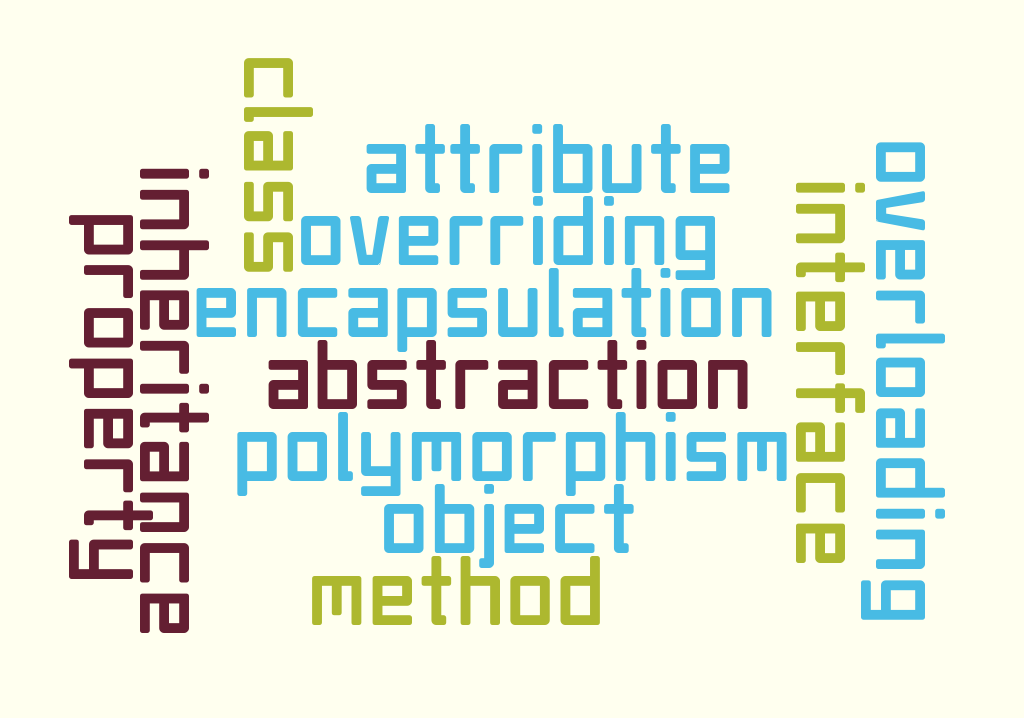What is the difference between purchasing and assembling DIY IKEA furniture vis-a-vis hiring a carpenter to build your furniture for you? In the second case, you are using the builder pattern. Continue reading “Design patterns: Builder pattern”
Tag: object-oriented programming
Design patterns: State pattern
You probably know that a pressure cooker cannot be opened when it is very hot with plenty of steam built up inside. If you yank at the weight, it will protest with a loud hiss. But there are no problems opening the same cooker either before cooking or after it has completely cooled down. How can the same apparatus behave differently under different conditions for the same procedure: opening the lid? Software engineers will say that the cooker is using the state design pattern. Continue reading “Design patterns: State pattern”
Design patterns: Null object
After treating Adil, his doctor prescribes medicines in a complicated dosage. There are two medicinal tablets, one green and one red. The green medicine is to be taken 3 times in the coming week: Monday, Thursday and Saturday and the red one, 4 times: Monday, Wednesday, Friday and Sunday.
As Adil leaves, the doctor hands him two strips of medicine: 7 green tablets and 7 red ones. Adil is confused. He asks, “7 each? But doesn’t it call for 3 of these and 4 of those with a schedule?”. To which, the doctor replies. “How can I be sure that you won’t forget the complicated schedule? That’s why I have given you 7. Have one of each every day.” Adil is aghast. “But… isn’t that over-dosage?” “No, it’s not. 4 of the green tablets are simply mint candies. 3 of the red ones are strawberry candies. Inside the strips, the real tablets are interspersed with identical looking candies as per your dosage schedule. You don’t have to worry. Just habitually have one tablet of each colour every day. Start from the top of each strip.”
Brilliant! The doctor took a complex decision-making process away from Adil and just let him build a simple habit: one green tablet and one red tablet every day. The real tablets will fight against the illness that Adil approached the doctor with. The candies are there to simply … do nothing! In design pattern parlance, the doctor just used the Null Object pattern. Continue reading “Design patterns: Null object”
Design pattern: Flyweight
Adam is a cunning lad. He has been double-dating Elina and Carina. However he has identified himself with different names to each of them. Elina knows him as Adrian and Carina knows him as Boris. Is Adam cheating? Well, Adam begs to differ. He says life is short and he is a limited resource, only one person. Why not have fun with two girls at a time? Inside himself, he is always the same Adam. But he switches to two different personalities for the sake of Elina and Carina, by changing his external behaviour. Morally questionable, no doubt. But he is a fine specimen of the flyweight pattern. Continue reading “Design pattern: Flyweight”
Design pattern: Chain of responsibility
If you have ever visited a government office, you are probably directed from one counter to another to get tasks done. Why doesn’t the same person do everything? This is because the work is divided into small tasks and each government official is given the responsibility of only one task. Once done, that official will direct you to the next one. You are seeing the chain of responsibility design pattern in action. Continue reading “Design pattern: Chain of responsibility”
Design patterns: Visitor pattern
Have you ever noticed? If you say “Hi” to Jay, he replies the same. However Jyoti always replies, “What’s up!”. When you get angry and say “Shut up!”, the reactions are different too. Jay is calm, but firm. His reply is, “Hey, watch your word, buddy!”. But Jyoti loses it and says, “Shut up yourself, dumbo!”
How can two persons interpret the same words differently and react so diversely? Well, chances are that nature has used visitor pattern to program their behaviours that way! Continue reading “Design patterns: Visitor pattern”
Design patterns: Object pool
What do car rentals and libraries have in common? They temporarily lend resources only as long as someone needs them and then take them back so that someone else can use them. In object-oriented programming, such a system is called an ‘object pool’.
Design patterns: Observer pattern
What is common between a washing machine that has just completed washing and your employee who tells you that she is done creating the annual reports? They are both using the observer design pattern.
Introduction to object-oriented programming
A really common jargon that gets thrown around in the world of software is ‘OOP’. This does not refer to a mistake, as in ‘oops!’. On the contrary, OOP in software is mostly a right decision. OOP is an acronym for Object-Oriented Programming.
OOP is one of the ways to think about a software solution, design its architecture and use an appropriate programming language to write it. In this post, I will explain to you some concepts of object-oriented software. If you are a future software developer, this post will make it easy for you to understand. Even if you never intend to be a software developer, this post will make you look at software from a different perspective. Continue reading “Introduction to object-oriented programming”








